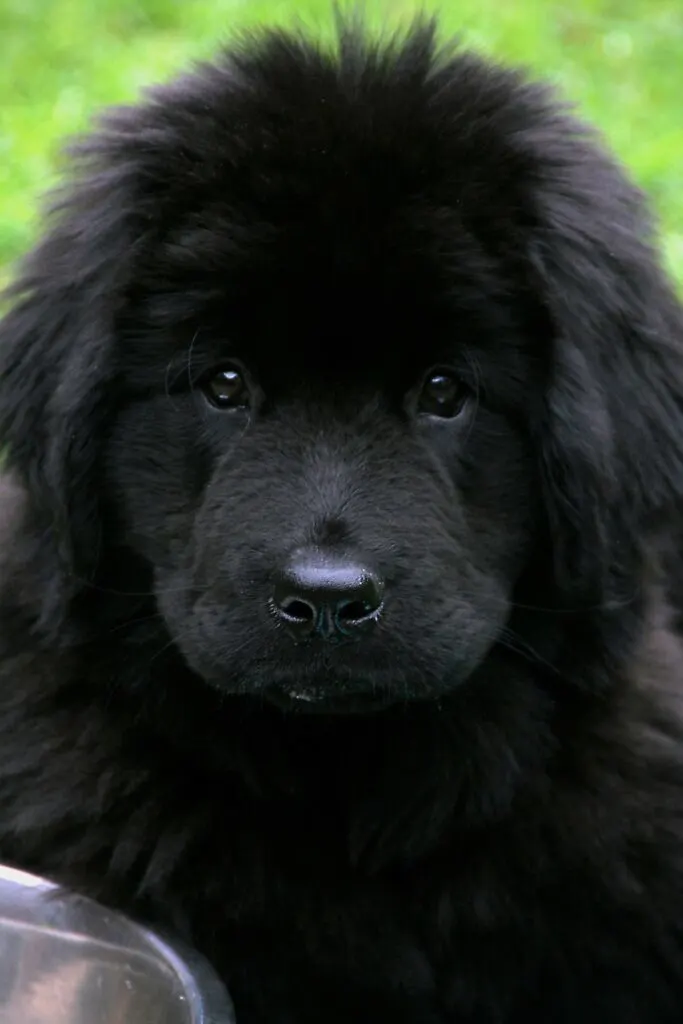The Irish Setter and Newfoundland are popular large dog breeds with unique characteristics. While the Irish Setter is known for their agility and athleticism, the Newfoundland is praised for their calm and docile nature.
Newfoundlands are known for their webbed feet and were originally bred for water rescue. On the other hand, the Irish Setter’s distinctive red coat and playful disposition make them a favorite among families. Considering the breed’s temperament, exercise needs, and grooming requirements is vital when choosing between these breeds.
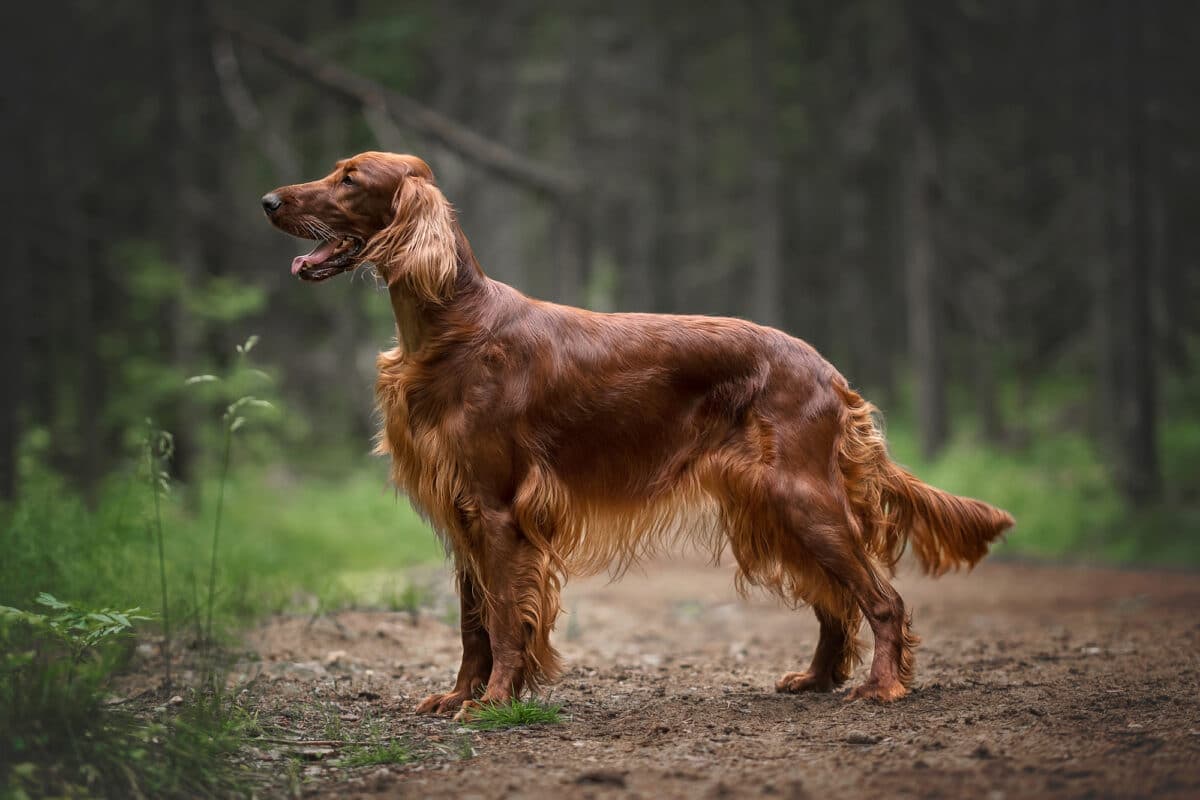
Skip ahead to any section below!
Comparison Table
| Features | Irish Setter | Newfoundland |
| Size | Medium to Large | Large |
| Weight | 60 – 70 Pounds | 100 – 150 Pounds |
| Height | 24 – 28 inches | 25 – 29 Inches |
| Temperament | Friendly, outgoing, energetic | Gentle, patient, calm |
| Grooming needs | Moderate | High |
| Health concerns | Hip dysplasia, eye problems | Hip dysplasia, heart problems |
Brief Introduction To Irish Setter And Newfoundland
- Irish Setter
The Irish Setter breed originated in Ireland during the 18th century. They were specifically developed as a hunting dog breed for their excellent sense of smell and agility. The breed was believed to be created by crossbreeding various Spaniel and Pointer breeds, resulting in their distinctive long, red coats and athletic build.
- Newfoundland
Newfoundland has a rich history, with evidence of indigenous peoples dating back over 9,000 years. The first recorded European sighting of the island was by explorer Leif Erikson in the 11th century. In the late 15th and early 16th century, Newfoundland was exploited for its abundant cod fishery, attracting the attention of English, Portuguese, French, and Spanish fishermen. England eventually claimed the island in 1583 and became a part of Canada when it joined Confederation in 1949.
Physical Characteristics Of The Irish Setter

Irish Setters are known for their stunning appearance, long, flowing coats, and beautiful mahogany or chestnut color. They are a medium to large breed, with males typically weighing between 60 and 70 pounds and standing around 27 inches tall. Females are slightly smaller, weighing between 50 and 60 pounds and around 25 inches tall.
As previously mentioned, the coat of the Irish Setter is one of their most notable features. They have a long and silky coat with feathers on the ears, chest, legs, and tail. Irish Setters have a lean, athletic build that lends to their history as hunting dogs. They are agile and able to cover large distances quickly.
Check out: Sharp-Nosed Pit Viper.
Physical Characteristics Of The Newfoundland Breed
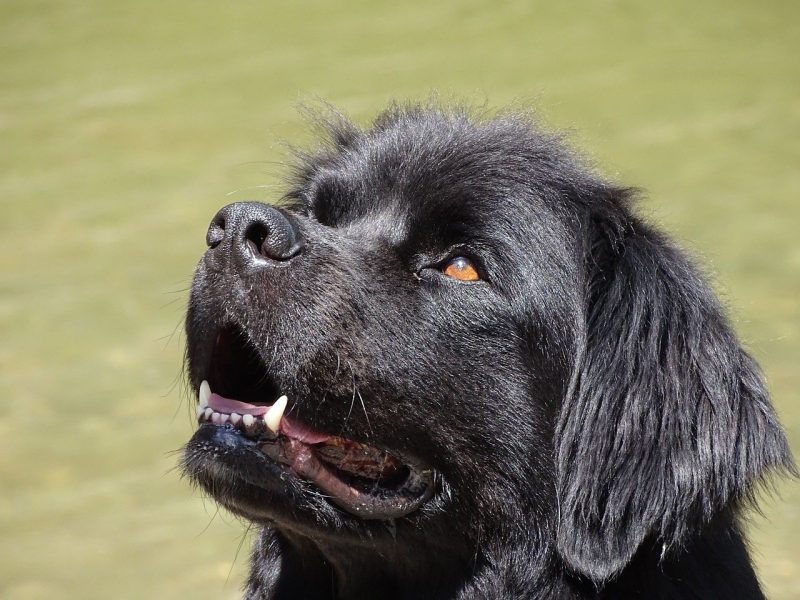
The Newfoundland breed, also known as the Newfie, is a large and powerful dog originating from the Canadian island of Newfoundland. They are the largest dog breeds. Males in Newfoundland weigh between 130-150 pounds and stand 28 inches tall, while females weigh between 100-120 pounds and stand about 26 inches tall.
They have a massive, muscular build with a broad head, droopy jowls, and deep-set, soulful eyes that give them a delicate appearance. The Newfoundland’s thick, double-layered coat is typically black, brown, gray, or a combination of these colors. Their coat is perfect for cold-water conditions as it is waterproof and offers excellent insulation. They require regular grooming to prevent matting.
Check out: Redback Spider Bites & How to Treat Them.
Personality And Temperament
- Irish Setters
Irish Setters are known for being friendly, energetic, and intelligent. They are outgoing dogs that love to be around people, making them great family pets. They require plenty of exercise and mental stimulation, as they have high energy levels. Irish Setters are also sensitive dogs and need their owners’ affection. They are known to be great with children and other pets.
- Newfoundlands
Newfoundlands are known for their gentle nature and calm temperament. They are big dogs that are extremely loyal and devoted to their owners. They are great with children and make excellent family pets due to their patient and gentle demeanor. Newfoundlands are also exceptionally intelligent and can be trained to perform various tasks, including search and rescue and therapy work. While they require regular exercise, they are not as energetic as Irish Setters and are happy to relax with their family for long periods.
Irish Setter’s Exercise And Training Needs
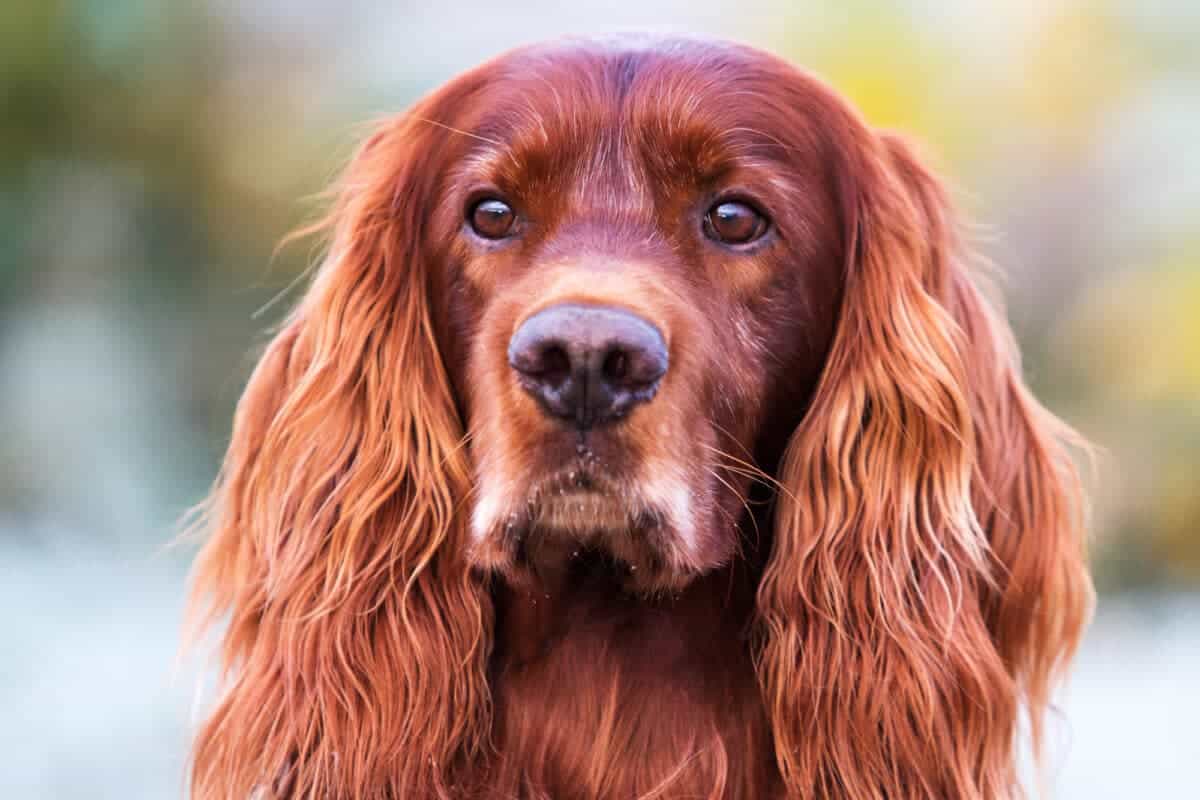
Irish Setters are active and energetic dogs that require plenty of exercise. They have a high energy level and need daily walks or runs to stay healthy and happy. They also enjoy outdoor activities such as hiking, swimming, and playing fetch. It’s important to provide them with mental stimulation through training and playtime to prevent boredom and destructive behavior. Positive reinforcement training methods work well with Irish Setters, as they respond well to praise and rewards. Consistent training will help them learn obedience and good manners.
Check out: Huntsman Spider Bite.
Newfoundlands Exercise And Training Needs
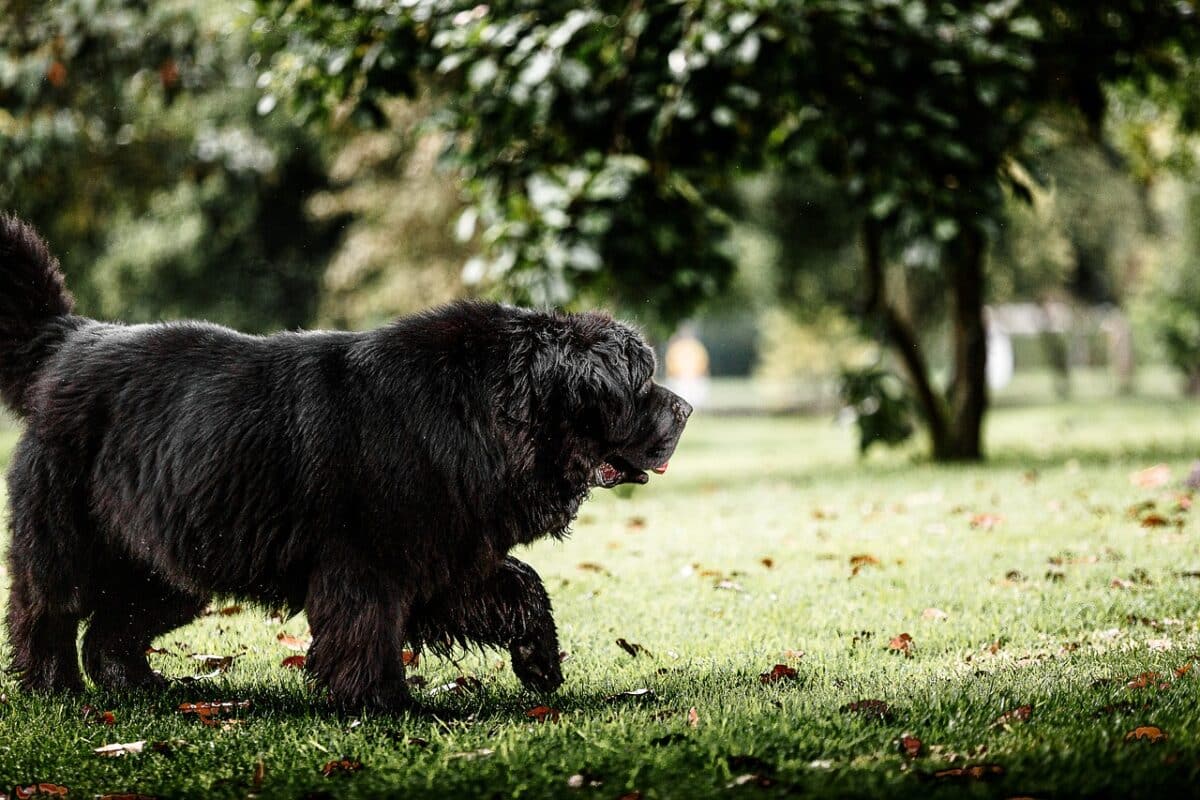
Newfoundlands are a large breed with a calm and gentle disposition. Although not as energetic as Irish Setters, they still require daily exercise to maintain good health. They enjoy leisurely walks and swimming, and their thick coat provides insulation for cold climates. Newfoundlands are intelligent and eager to please, making them easy to train.
Positive reinforcement training works well with Newfoundlands; they respond well to praise and treats. Early socialization is also important, as they have a protective instinct and must learn to interact with strangers and other animals appropriately.
Irish Setter’s Health Concerns
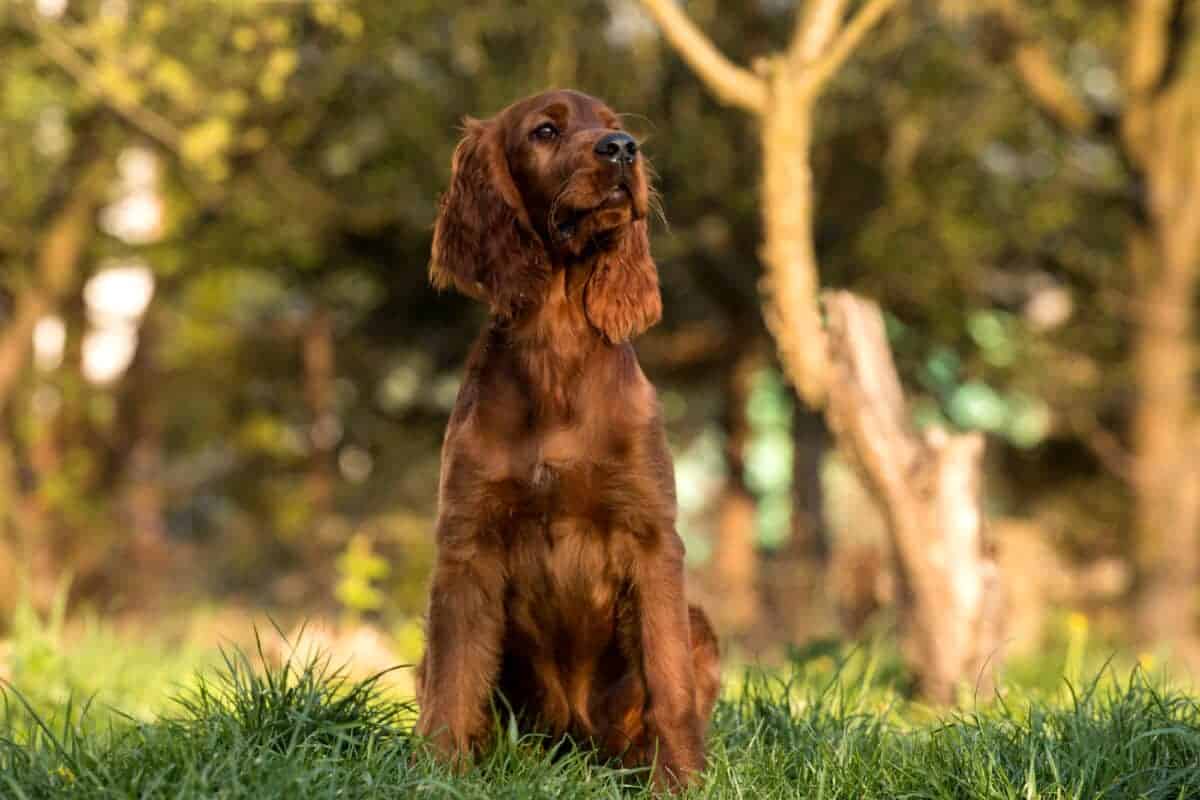
The Irish Setter is a healthy breed, but, like all dogs, they are prone to certain conditions. One of Irish Setters’ most common health concerns is hip dysplasia, causing pain and stiffness. Bloat is another issue affecting Irish Setters, which can be life-threatening if not treated immediately. They can also be prone to allergies, skin problems, and eye diseases such as progressive retinal atrophy.
Newfoundland’s Health Concerns
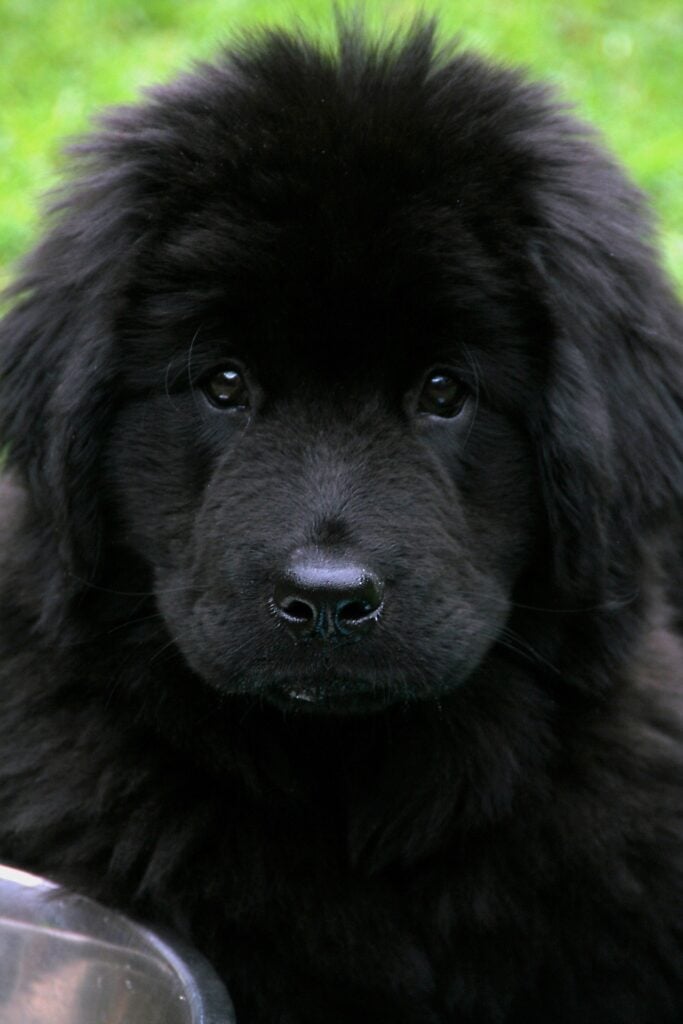
Newfoundlands are healthy dogs but prone to several health concerns due to their size and genetics. One of Newfoundland’s most common health concerns is hip and elbow dysplasia, which can cause pain, discomfort, and mobility issues. They are also prone to bloat, a life-threatening condition that requires immediate medical attention.
Another health concern that Newfoundlands face is heart disease, specifically subaortic stenosis. This condition affects the heart’s structure, causing heart murmurs and an increased risk of heart failure. Additionally, Newfoundlands can be susceptible to certain types of cancer, such as mast cell tumors and bone cancer.
Grooming Needs of Irish Setter
The Irish Setter has a beautiful, silky coat that requires regular grooming to keep it looking its best. They must be brushed at least twice weekly to prevent matting and tangling and more frequently during shedding season. Their feathered ears and legs must be checked and brushed to prevent mats, and their nails must be trimmed regularly. Bathing should only be done when necessary to avoid drying out their coat.
Grooming Needs of Newfoundland
The Newfoundland has a thick, water-resistant coat that requires weekly brushing to prevent tangles and mats, with more frequent brushing during shedding season. They also need their ears, tail, and legs checked and brushed to prevent mats. Their nails need to be trimmed regularly, and they may need to have their anal glands expressed. Bathing should be done as needed, but not too frequently, as it can dry out their skin. The Newfoundland’s coat also requires regular trimming to keep it at a manageable length.
Living Accommodations of Irish Setters
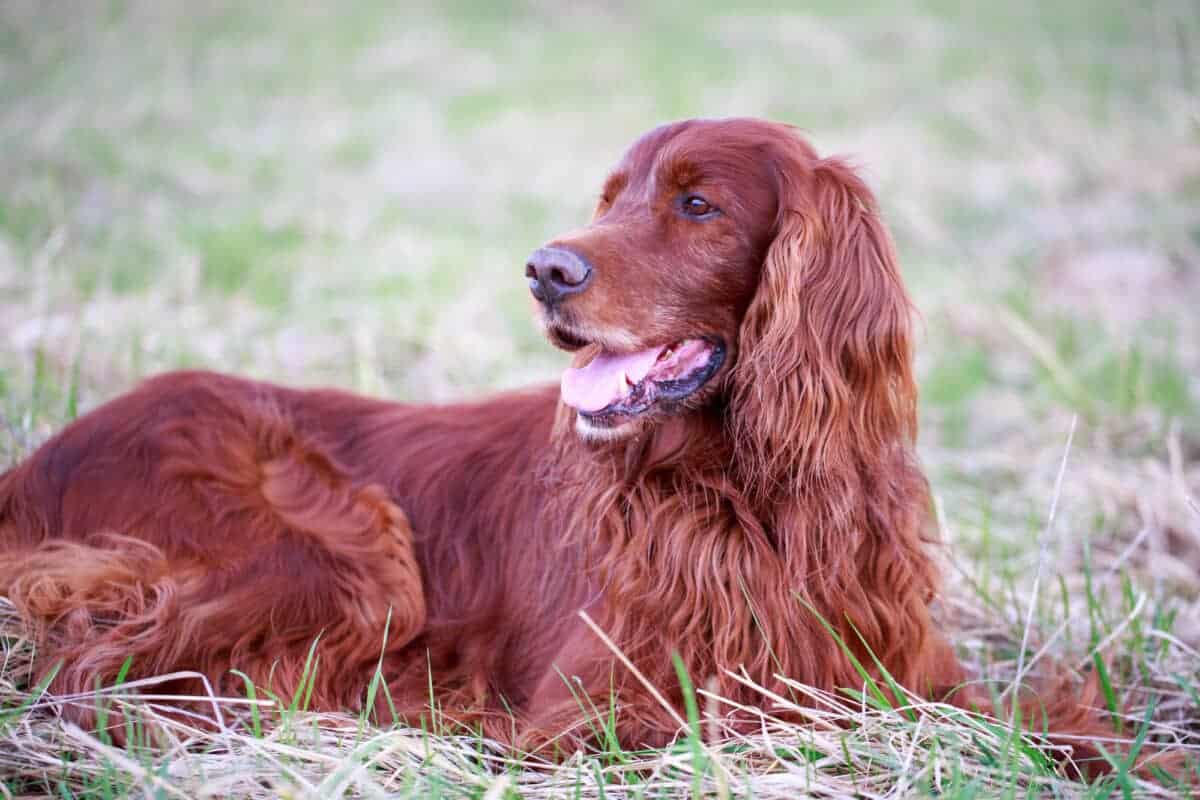
Irish Setters require space to roam and play, making them best suited for larger homes with yards. They are active and exercise regularly, so access to parks and walking trails is important. As far as indoors go, they don’t require excessive space, but they will need comfortable bedding and a designated area to rest. Irish Setters are sensitive to heat and prefer cooler environments, so air conditioning or a cool, relaxing spot is necessary.
Living Accommodations Of Newfoundland’s
Newfoundlands are a large breed and need plenty of living space. They are calm, gentle dogs and can adapt well to living in apartments or smaller homes as long as they exercise adequately. Being water-loving dogs, access to a swimming pool or lake is a bonus.
They love being around people, so having their designated area, such as a crate or bed, in a central spot in the house will make them feel comfortable and secure. Their dense, waterproof coat makes them comfortable in cooler temperatures, but they must avoid overheating during summer.
Frequently Asked Questions
The Irish Setter originated in Ireland during the 18th century, where they were developed for hunting and retrieving game birds.
Newfoundland dogs can grow quite large, with males typically weighing between 130-150 pounds and females weighing 100-120 pounds.
Newfoundlands originated in Canada and were primarily used for fishing, hauling nets, and rescuing people from the water.
Key Points
| The Irish Setter has a long and silky coat, with feathers on the ears, chest, legs, and tail. |
| Newfoundlands are known for their gentle nature and calm temperament. |
| The Irish Setter has a long and silky coat,ith feathers on the ears, chest, legs, and tail. |
| Newfoundlands are a large breed and need plenty of living space |
| Irish Setters are active and energetic dogs that require plenty of exercise. |
Bottom Line
Both the Irish Setter and Newfoundland breeds are unique in their own right. The Irish Setter is a loyal and active hunting companion with a beautiful mahogany coat and a friendly, outgoing personality. The Newfoundland, conversely, is a gentle giant with a protective nature, excelling as water rescue dogs and family pets. Both breeds require regular exercise and grooming but provide their owners with endless love and companionship. Consider adopting one of these wonderful breeds to add a special touch to your family dynamic.
Thanks for reading along, for more, see below for related article links!
Next up:
- Amur Leopard: World’s Most Endangered Big Cat
- Anaconda vs. Asian vine snake
- Alaskan Malamute Vs. Bearded Collie
- Bengal Tiger Vs. Western Diamondback Rattlesnake
- Bernese Mountain Dog
- The Greenland Shark
- The Largest School of Spinner Dolphins
- Whale Sharks
- Tiger Shark Encounters
Join our Forum for free today!

- Huge Pet Bison Breaks Into House - July 22, 2024
- Giant Black Bear Surprises Beachgoers by Emerging from the Ocean in Florida - July 22, 2024
- Brave Man Plays Instrument While Huge Bear Caresses His Shoulder - July 22, 2024

